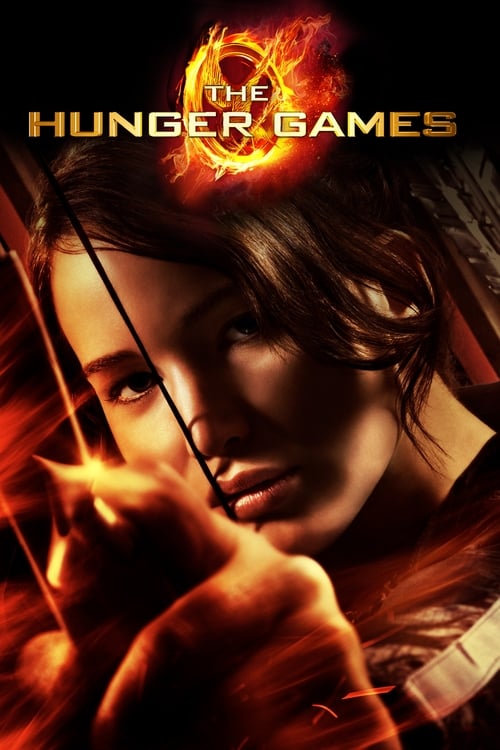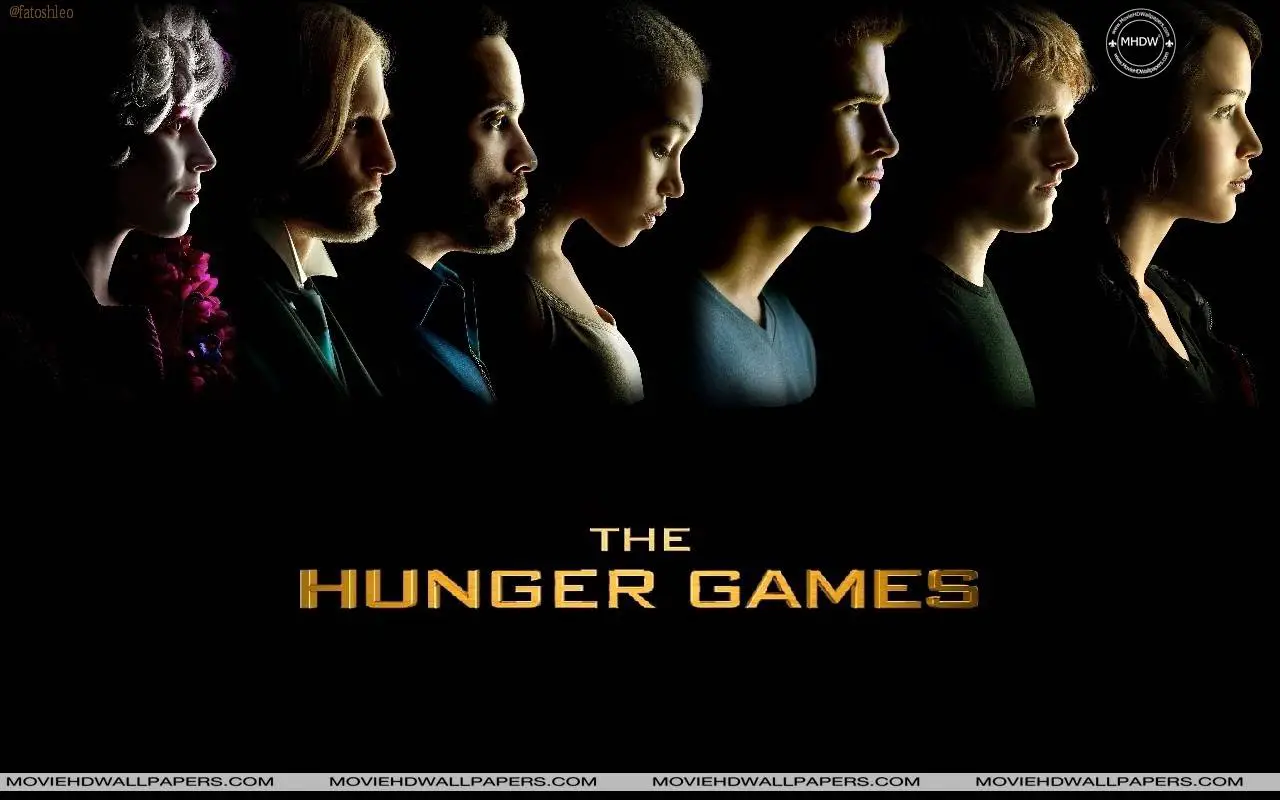When "The Hunger Games" movie hit theaters in 2012, it wasn't just another adaptation of a popular book series—it was a cultural phenomenon. Based on Suzanne Collins' bestselling novel, this first Hunger Games movie transported audiences into the dystopian world of Panem, where survival is a game and hope is the most dangerous weapon. From its breathtaking visuals to its powerful themes of resistance and survival, this film quickly became a must-watch for fans of both young adult literature and cinematic masterpieces.
But what made the first Hunger Games movie so special? Sure, it had all the ingredients for success: an incredible cast, a gripping storyline, and stunning special effects. However, it was the way the film tackled important issues like inequality, oppression, and the resilience of the human spirit that truly set it apart. It wasn't just entertainment—it was a commentary on the world we live in, wrapped up in a thrilling package that kept audiences on the edge of their seats.
As we dive deeper into the world of the first Hunger Games movie, we'll explore everything from its production process to its cultural impact. Whether you're a die-hard fan of the series or just curious about what made this film such a massive hit, this article has got you covered. So grab some popcorn, sit back, and let's take a trip back to the arena where it all began!
Read also:Iribitari Gal Live Action Exploring The Adaptation Of A Beloved Manga
Table of Contents
- Introduction to the First Hunger Games Movie
- From Page to Screen: The Book Adaptation
- Meet the Cast and Crew
- Behind the Scenes: The Production Process
- Exploring the Themes of the First Hunger Games Movie
- Cultural Impact and Legacy
- Critical and Audience Reception
- What's Next? The Sequels
- Comparing the Film to the Book
- The Future of The Hunger Games Franchise
Introduction to the First Hunger Games Movie
Released in March 2012, the first Hunger Games movie was nothing short of a blockbuster sensation. Directed by Gary Ross, the film quickly climbed to the top of box office charts, grossing over $691 million worldwide. But its success wasn't just about numbers; it was about the way it resonated with audiences of all ages. The movie wasn't just a story—it was a movement.
Set in a dystopian future where the nation of Panem forces children to fight to the death in an annual televised event, the Hunger Games explores themes that are both timeless and eerily relevant today. The film doesn't shy away from tackling tough topics like poverty, government control, and the exploitation of the powerless. And let's not forget the star of the show, Katniss Everdeen, who became an icon for a new generation of strong, independent female characters.
So why did the first Hunger Games movie capture the hearts of so many? Was it the incredible performances, the breathtaking visuals, or the way it made us question the world around us? Let's dive deeper into what made this film so unforgettable.
From Page to Screen: The Book Adaptation
Before it became a movie, The Hunger Games was a beloved book series written by Suzanne Collins. Published in 2008, the novel quickly became a bestseller, captivating readers with its intense storyline and unforgettable characters. When it came time to adapt the book for the big screen, there was a lot of pressure to get it right. Fans were eager to see their favorite scenes come to life, and the filmmakers had to strike a delicate balance between staying true to the source material and making it work on the big screen.
Challenges in Adapting a Bestselling Novel
One of the biggest challenges in adapting The Hunger Games was condensing a 374-page book into a two-hour movie. Director Gary Ross had to decide which scenes to include and which to leave out, all while maintaining the heart and soul of the story. Some fans were worried that important moments would be lost in translation, but the filmmakers did an incredible job of capturing the essence of the book.
Another challenge was casting the right actors to bring these beloved characters to life. Jennifer Lawrence, who played Katniss Everdeen, had big shoes to fill. Not only did she have to embody the strength and resilience of the character, but she also had to convey the emotional depth that made Katniss so relatable. And let's not forget Josh Hutcherson as Peeta Mellark and Liam Hemsworth as Gale Hawthorne—two characters who played crucial roles in shaping Katniss' journey.
Read also:5starsstockscom Staples Your Ultimate Guide To Investing In Bluechip Stocks
Meet the Cast and Crew
The first Hunger Games movie wouldn't have been the same without its talented cast and crew. From the director to the actors, everyone played a crucial role in bringing this story to life. Let's take a closer look at some of the key players:
- Jennifer Lawrence: As Katniss Everdeen, Lawrence delivered a performance that was both powerful and heartfelt. Her portrayal of the character earned her critical acclaim and solidified her status as one of Hollywood's biggest stars.
- Josh Hutcherson: Hutcherson brought charm and vulnerability to the role of Peeta Mellark, making him one of the most beloved characters in the franchise.
- Liam Hemsworth: Hemsworth's portrayal of Gale Hawthorne added depth to the story, showcasing the complexities of Katniss' relationships.
- Gary Ross: As the director, Ross was instrumental in bringing the world of Panem to life. His vision helped shape the film into the masterpiece it became.
Behind the Scenes: The Production Process
Making the first Hunger Games movie was no easy feat. From designing the elaborate sets to creating the stunning special effects, every aspect of the production was meticulously crafted to bring the world of Panem to life. Let's take a behind-the-scenes look at some of the key elements that went into making this film:
Designing the World of Panem
One of the most impressive aspects of the first Hunger Games movie was its attention to detail in designing the world of Panem. From the opulent Capitol to the impoverished District 12, every location was carefully crafted to reflect the stark contrasts between wealth and poverty. The filmmakers worked closely with production designers to create sets that felt both authentic and otherworldly.
Creating the Special Effects
The special effects in the first Hunger Games movie were nothing short of breathtaking. From the deadly muttations to the fiery dress Katniss wore during the opening ceremony, every visual element was designed to enhance the storytelling. The filmmakers used a combination of practical effects and CGI to create a world that felt both familiar and fantastical.
Exploring the Themes of the First Hunger Games Movie
At its core, the first Hunger Games movie is a story about survival, resistance, and the human spirit. But it's also a commentary on the world we live in today. Let's explore some of the key themes that make this film so impactful:
- Inequality: The divide between the wealthy Capitol and the impoverished districts serves as a metaphor for the growing wealth gap in our own society.
- Oppression: The Hunger Games themselves are a symbol of government control and the exploitation of the powerless. The film challenges viewers to think about the ways in which systems of power can be used to maintain control.
- Hope: Despite the bleakness of the world they live in, the characters in the film find ways to resist and fight back. Their resilience serves as a reminder that even in the darkest times, hope can prevail.
Cultural Impact and Legacy
The first Hunger Games movie didn't just entertain—it inspired. It sparked conversations about important issues and gave a voice to a generation of young people who were eager to make a difference. Let's take a look at some of the ways this film has left its mark on popular culture:
Influencing Future Films
Since the release of the first Hunger Games movie, countless films have been inspired by its success. The film's focus on strong female characters and its willingness to tackle tough topics paved the way for a new wave of young adult films that weren't afraid to push boundaries.
Empowering a Generation
For many young viewers, the first Hunger Games movie was more than just entertainment—it was a call to action. Katniss' bravery and determination inspired fans to stand up for what they believe in and fight for a better world. The film's message of hope and resistance continues to resonate with audiences around the globe.
Critical and Audience Reception
When the first Hunger Games movie was released, it received widespread critical acclaim. Critics praised the film's stunning visuals, powerful performances, and its ability to tackle important themes. But what did audiences think?
From its opening weekend, the film was a box office smash, drawing in fans from all over the world. Fans loved the way the movie stayed true to the book while also bringing something new to the table. The film's success proved that there was a huge appetite for stories that weren't afraid to tackle tough topics and challenge the status quo.
What's Next? The Sequels
The success of the first Hunger Games movie paved the way for three more films in the series: Catching Fire, Mockingjay Part 1, and Mockingjay Part 2. Each film built on the success of the last, expanding the world of Panem and deepening the story's themes. But it all started with that first movie, which laid the foundation for everything that came after.
Comparing the Film to the Book
For fans of the book series, the first Hunger Games movie was a thrilling adaptation that stayed true to the source material while also bringing something new to the table. While some scenes were condensed or changed for the big screen, the film captured the heart and soul of the story. Fans loved seeing their favorite moments brought to life, from Katniss' iconic mockingjay pin to her dramatic showdown with the Career tributes.
The Future of The Hunger Games Franchise
Even though the original film series has concluded, the world of The Hunger Games continues to thrive. With new books and potential films on the horizon, fans can look forward to even more adventures in the world of Panem. The first Hunger Games movie may have started it all, but its legacy will continue to inspire future generations.
Conclusion
In conclusion, the first Hunger Games movie was more than just a film—it was a cultural phenomenon that captured the hearts of millions. From its stunning visuals to its powerful themes, it set a new standard for young adult films and inspired countless fans to make a difference in the world. So whether you're a longtime fan or just discovering the series for the first time, the first Hunger Games movie is a must-watch that will leave a lasting impression.
What did you think of the first Hunger Games movie? Let us know in the comments below! And don't forget to share this article with your friends who love all things Hunger Games. Who knows—maybe we'll inspire a whole new generation of fans!


